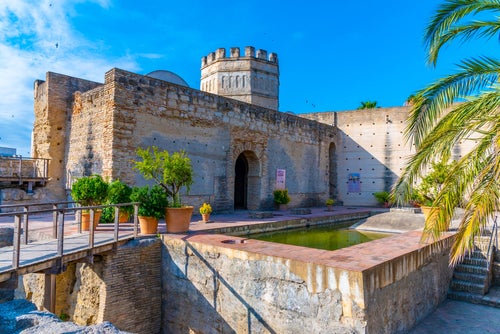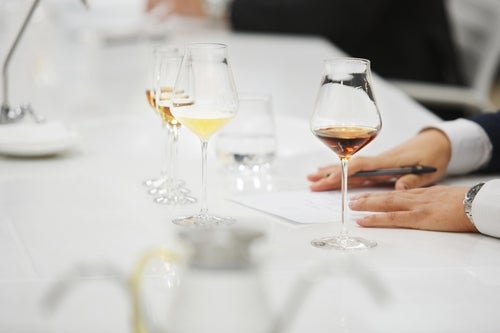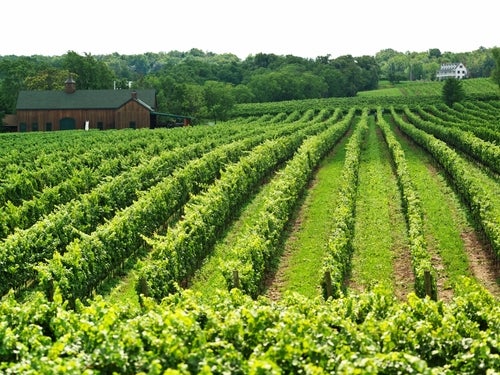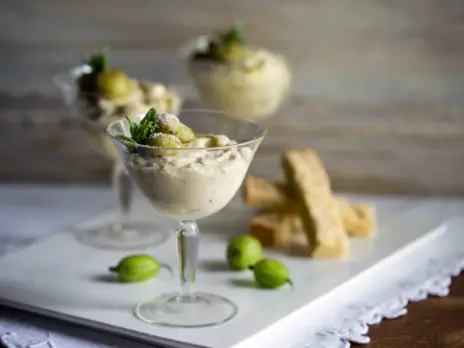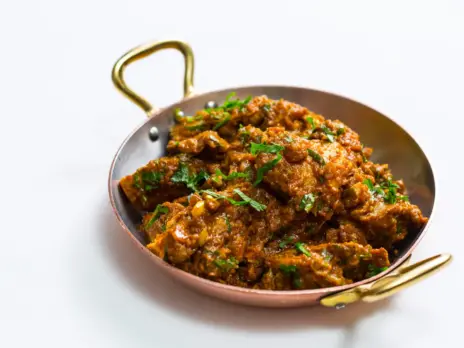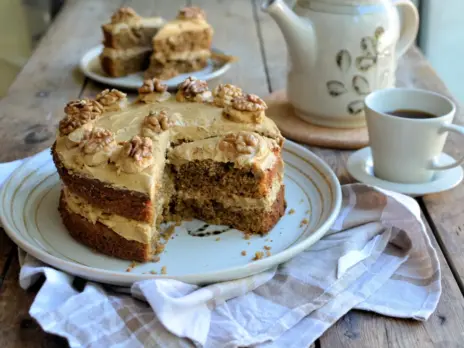
It’s now 40 years since the New Zealand wine scene first gained global attention for its novel take on Sauvignon Blanc. But, as Ken Gargett reports after an extensive tour, today’s regionally and varietally diverse fine wine production extends far beyond the still-thrilling wines of Marlborough.
Ten days in, and there had been nary a glimpse of a Sauvignon Blanc. Given we’d spent day and night in vineyards, wineries, and tastings, all designed to show the very best of New Zealand wine, it seemed a little strange. In fairness, we were yet to visit ground zero for New Zealand’s idiosyncratic “Savvy”: Marlborough.
The purpose of the visit? A top-to-bottom and back-again sojourn through New Zealand wine to assess just where it currently stands in relation to fine wine (see Box 1). The results were more than a little thrilling.
New Zealand vineyards and wineries range from the Northland, at the top of the North Island, down to Central Otago at the base of the South—some 1,000 miles (1,600km). Every region is heavily influenced by proximity to the ocean, with the exception of Central Otago. No vineyard is more than 80 miles (130km) from the shore.
In 2023, there were a total of 41,860ha (103,440 acres) under vine, from which half a million tons of grapes were crushed. Total production is 360 million liters. The figures for 2023 are down on those from 2022—cyclones will do that. There are 739 wineries and a further 681 growers.
New Zealand wine producers are keen to promote regional differences, so it made more sense to approach this overview by region, rather than variety. That said, touching on the grapes on offer helps provide a framework. There is no escaping that New Zealand wine is dominated by Sauvignon Blanc. More than 27,000ha (66,700 acres) are given over to it. The rest pale in comparison. Next is Pinot Noir with 5,678ha (14,030 acres), Chardonnay with 3,149ha (7,781 acres), Pinot Gris with 2,797ha (6,912 acres), and Merlot with 1,061ha (2,622 acres). Nothing else exceeds 600ha (1,483 acres). For all the fuss over Kiwi Syrah, it holds a miserable 443ha (1,095 acres), and Cabernet Sauvignon an even less impressive 204ha (504 acres, only four times what is at Château Latour).
If we look at regions, Marlborough is even more dominant, with 29,654ha (73,277 acres) planted (nearly 24,000ha [59,305 acres] of that is Sauvignon Blanc). Hawke’s Bay is just 4,800ha (11,860 acres) and Central Otago is just over 2,000 (5,000 acres). Nothing else makes 1,500ha (3,700 acres).
Because of the synonymity between Sauvignon Blanc and Marlborough, it is the same story when we look at the varieties: Sauvignon Blanc, which is planted five times as much as Pinot Noir, produces 12 times as much wine (378,300 tons to 30,532). Pinot Gris, meanwhile, yields just over 26,000 tons, Chardonnay 22,500 tons, and Merlot a touch above 9,000 tons.
The USA, UK, and Australia are the three major export markets, although New Zealand wine is well represented around the globe. Offshore markets cannot get enough Kiwi “Savvy,” with around 280 million liters exported. Next most popular is Pinot Gris at just over 10 million liters.
On the face of it, New Zealand lives and dies on Sauvignon Blanc, which is definitely true commercially. Fortunately, its brand of exuberant Savvy has long been flavor of the month. But when was fine wine ever solely about commercial reality? Winemakers in other regions want to show what they can do with other varieties, and even in Marlborough, locals are aiming to make better Savvy, in more interesting and complex styles.
Some producers are simply pumping out Savvy as cheaply as they can—adult cordial, it is sometimes called. It remains popular and currently the producers are having no trouble selling tanker loads… though the parable of the golden goose springs to mind. The top Sauvignon Blanc producers in Marlborough are determined to avoid this, or at least to distance themselves from it.
Despite—or perhaps because of—all this, many feel that the real quality in Kiwi wines is to be found in varieties other than Sauvignon Blanc.
Steve Smith MW
As with so much pertaining to New Zealand wine, this trip all came about thanks to Steve Smith MW. I first met Steve around 25 years ago. What was immediately obvious was his boundless energy and enthusiasm. He is New Zealand wine’s irresistible force. The first viticulturist in the world to achieve the MW qualification, after time with Villa Maria he came to prominence when he joined the Peabody family to found Craggy Range in Hawke’s Bay. He has gone on to Smith & Sheth, a partnership with American Brian Sheth. Included in their portfolio is Lowburn Valley and Pyramid Valley, founded by Steve’s friend Mike Weersing, which was perhaps New Zealand’s ultimate cult winery. Sadly, Mike died in 2020. The three wineries are now under the umbrella of Aotearoa New Zealand Fine Wine Estates.
Steve has been on almost every committee involved with New Zealand wine and judged at every show. He established the Family of Twelve to promote the best New Zealand had to offer, and in 2017 he became the chancellor of Lincoln University, which has just awarded him an honorary doctorate.
In the middle of all this, Steve decided that the world really needed to be made aware of just how good the best wine from New Zealand really is, and so he set up the New Zealand Fine Wine Producers Group. He deliberately excluded the largest producers that dealt with everything from the best to the bulk. A few wineries declined, but most of the producers Steve approached gave him full support.
The plan was to bring a small coterie of wine critics from around the world, four or five of us, mostly MWs (I was an exception), to show us the industry from one end of the country to the other over several weeks. This year saw the second group. We were a little more fortunate than the first group, whose trip coincided with the worst cyclone, Cyclone Gabrielle, the country had encountered in many years (see Nick Ryan, “Steve Smith and the Fabric of New Zealand Wine,” WFW 79, p.126). Play was washed out in a number of regions. Some 20,000 tons of grapes were lost. By contrast, our visit enjoyed perfect weather.
It is a great initiative—and no surprise that Steve was behind it. No doubt we’ll hear much more from him in the years to come. If one is allowed to mention an alternative wine publication that annually names a deserving person as its “Man or Woman of the Year/Hall of Fame,” I believe no one from New Zealand has ever made the list. Steve Smith MW should be the first.

